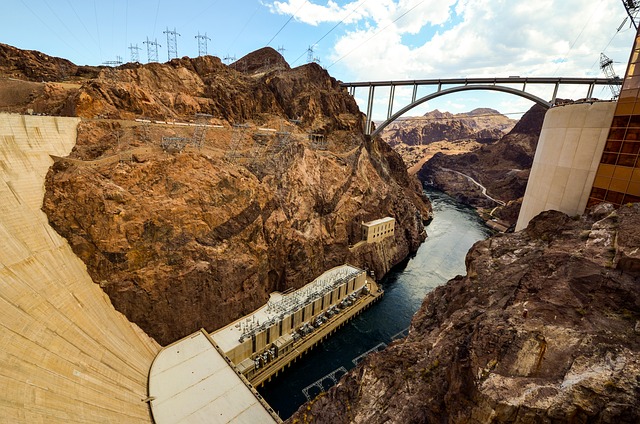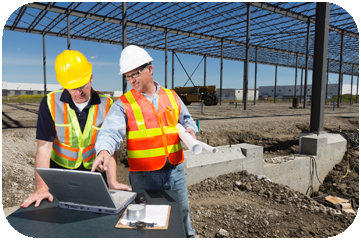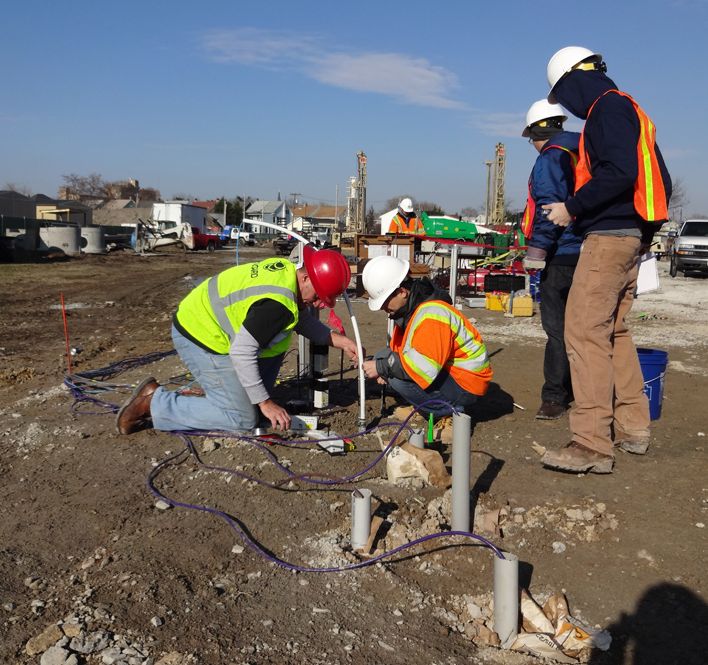Specialist Civil Geotechnical Engineering Providers for Complicated Projects
Specialist Civil Geotechnical Engineering Providers for Complicated Projects
Blog Article
How Consulting Engineers Enhance Geotechnical Design Projects: Insights Into Their Expertise, Methods, and Collaborative Approaches
Consulting engineers are essential in boosting geotechnical design projects, using their specialized understanding to browse the intricacies of subsurface conditions. Their methodologies incorporate a variety of site investigation techniques, consisting of Criterion Penetration Tests (SPT) and Cone Infiltration Examinations (CPT), which notify essential decisions during the style and building stages. In addition, their collaborative techniques foster communication among diverse project stakeholders, ultimately forming the project's trajectory. As we check out the complex roles these professionals play, it comes to be clear that their payments prolong beyond technological knowledge, motivating a better consider the ramifications for job success.
Duty of Consulting Engineers
The knowledge of seeking advice from engineers in geotechnical engineering is fundamental to the successful implementation of building and construction projects. These experts play an essential function in evaluating soil and rock properties, which are critical aspects affecting design and construction decisions. By performing complete website examinations, consulting designers collect crucial information that educates the design procedure, making certain jobs are improved steady and suitable ground.
Consulting designers also provide very useful understandings into risk monitoring (geotechnical geologist). They determine possible geotechnical threats, such as landslides, soil liquefaction, and settlement problems, allowing stakeholders to implement effective reduction approaches. Their expertise help in optimizing structure layouts, which can bring about significant price savings and boosted safety and security
In addition, seeking advice from engineers offer as a vital web link between project owners, architects, and specialists. Their capability to convert complicated geotechnical information into actionable suggestions promotes partnership and promotes educated decision-making throughout the task lifecycle. This multidisciplinary method not just boosts project performance but also guarantees conformity with regulatory requirements and finest practices.
Key Methods in Geotechnical Design

One main approach is site examination, which entails carrying out field examinations and research laboratory analyses to collect data on subsurface conditions. Techniques such as Requirement Infiltration Testing (SPT) and Cone Penetration Testing (CPT) are widely made use of to examine dirt stratigraphy and toughness. Additionally, geophysical methods, including seismic and electric resistivity surveys, provide non-invasive ways to analyze subsurface characteristics.
Another important approach is numerical modeling, which allows designers to mimic various scenarios and forecast just how soil-structure interactions will act under different loading conditions. Limited Component Analysis (FEA) is a common technique utilized in this context.
In addition, the style of structures, keeping frameworks, and earthworks relies greatly on these methodologies - geotechnical geologist. By integrating sophisticated analytical devices with field information, speaking with engineers can create customized remedies that attend to details job difficulties, eventually adding to the stability and safety of building and construction tasks
Relevance of Dirt Analysis
Dirt evaluation serves as a fundamental element in geotechnical design, supplying crucial understandings into the physical and chemical residential properties of dirt necessary for effective construction preparation. Recognizing dirt features is important for identifying its load-bearing capacity, water drainage behavior, and capacity for negotiation or instability. In-depth dirt examinations, including tasting and laboratory testing, assistance determine criteria such as soil kind, wetness material, density, and shear toughness.
These evaluations educate the option of suitable building and construction strategies and products, ultimately influencing task security and long life. For circumstances, cohesive soils might require different structure designs compared to granular soils, necessitating tailored engineering services. Moreover, dirt analysis aids in recognizing impurities that might pose risks to human health and wellness or the setting, enabling for the advancement of reduction methods.
Incorporating soil evaluation into the onset of job advancement aids to decrease unanticipated difficulties, making sure that engineers can expect and address potential issues prior to they escalate. By establishing a thorough understanding of the site problems, seeking advice from engineers can maximize layout performance and lower costs, thereby improving the overall success of geotechnical design tasks.
Joint Approaches in Tasks
Effective geotechnical tasks often hinge on collective techniques see page that combine varied knowledge from various disciplines. Efficient partnership among getting in touch with engineers, rock hounds, ecological researchers, and construction professionals is critical for attending to complicated obstacles and optimizing task end results. By leveraging the unique abilities and knowledge of each employee, projects can find this take advantage of a holistic understanding of the site conditions, regulative demands, and design restraints.
Normal communication and interdisciplinary conferences facilitate the sharing of understandings and cultivate a culture of synergy. These joint initiatives make it possible for the recognition of prospective threats early in the task lifecycle, permitting timely reduction techniques. In addition, integrating feedback from stakeholders, consisting of neighborhood communities and regulative firms, makes certain that all perspectives are taken into consideration, boosting project acceptance and compliance.
In addition, the combination of innovative innovations, such as Geographic Info Equipment (GIS) and Structure Details Modeling (BIM), additional improves partnership. These devices permit the real-time sharing of data and visualization of geotechnical conditions, advertising educated decision-making. Ultimately, a collective strategy not just simplifies task execution yet additionally lays the foundation for innovative remedies to complicated geotechnical design challenges.
Effect on Job Outcomes

Consulting engineers employ sophisticated techniques such as threat analysis and anticipating modeling, which enhance the precision of project forecasts. Their ability to incorporate ingenious innovations, like geotechnical instrumentation and data analytics, further refines the style and building processes. Therefore, tasks experience boosted performance, lowered prices, and reduced hold-ups.
In addition, cultivating effective communication and collaboration amongst team members enhances analytical capabilities. When obstacles occur, a joined front enables quick recognition of services, avoiding possible problems. Inevitably, the joint efforts of speaking with engineers contribute to greater high quality outcomes, ensuring that tasks meet both regulatory standards and customer expectations.
Verdict

Report this page